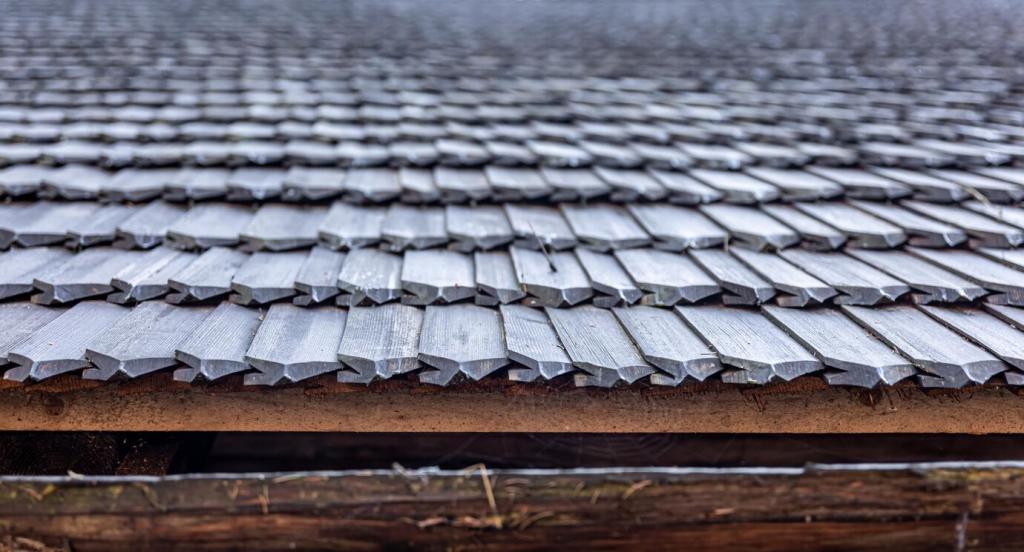
Common Roof Repair Mistakes to Avoid
Roof repairs are crucial for preserving the integrity, safety, and value of your home. However, many homeowners inadvertently make mistakes that can lead to further damage, higher expenses, or even safety risks. Understanding the most common errors made during roof repair projects can help you maintain a functional and durable roofing system, while saving you time and money in the long run.
Neglecting Proper Safety Precautions
One of the first safety missteps is working on a roof without the correct safety gear. Proper shoes with adequate grip, gloves, and, most importantly, a safety harness can mean the difference between a safe repair and a life-threatening accident. Some homeowners try to tackle repairs with regular sneakers or even bare feet, not realizing how rapidly conditions can change on a roof surface. A lapse in grip can easily lead to serious injury, making it essential to arm yourself with protective gear before starting any roof work, regardless of the job’s perceived simplicity.


Using Mismatched Shingles or Tiles
When a homeowner patches a section of roof with shingles or tiles that don’t match the existing materials, differences in texture, thickness, or color can allow water intrusion or create unsightly patches. Incompatible materials may also expand and contract differently with temperature changes, leading to gaps or buckling over time. This seemingly simple shortcut often causes more costly repairs down the line, as the roof loses its uniformity and protective function. Always source matching or approved materials for any repair, no matter the size.

Skimping on Quality Sealants and Fasteners
Sealants and fasteners may appear similar to the untrained eye, but their performance varies widely depending on quality and compatibility. Using general-purpose caulk instead of a roof-specific sealant, or cheap nails that corrode easily, may save a few dollars initially but will compromise your roof’s security and lifespan. Inferior materials break down faster, let in moisture, and weaken the roof’s overall structure, leading to persistent leaks and routine repairs that end up costing more. Always invest in products recommended by professionals for your roofing type.

Ignoring Manufacturer Guidelines
Each roofing product comes with specific manufacturer instructions regarding installation and usage, including recommended underlayment, adhesives, and spacing. Disregarding these guidelines can result in improper installation, which not only reduces the effectiveness of your repair but may also void warranties. Some homeowners believe they can rely on internet advice or personal intuition, but even minor variations from prescribed methods can have significant repercussions. Adhering strictly to manufacturer instructions is critical for a successful, durable repair.
Inadequate Preparation Before Repairs
Skipping a Detailed Inspection
Many homeowners dive straight into repairs without conducting a comprehensive inspection of their roof. Overlooking subtle signs of water ingress, rot, or underlying damage can cause quick fixes to fail almost immediately. A cursory glance from the ground isn’t enough; you need to get up close and thoroughly check for broken, loose, or warped shingles, soft spots in decking, and signs of mold or leaks inside the attic. Taking this crucial first step often reveals issues that otherwise would have gone undetected and unresolved.
Not Clearing Debris and Preparing the Surface
Repairing or replacing shingles or tiles without first removing leaves, moss, or old roofing material is a common misstep that can compromise adherence and drainage. Debris left under new materials prevents proper sealing and can trap moisture, leading to rot or mold. Even minor obstructions may cause a repair to fail prematurely. A clean, dry, and unobstructed surface is critical for any product to perform as intended, so always set aside the necessary time to prepare your work area fully.
Failing to Gather All Necessary Tools
Once you’re on the roof, realizing you’ve forgotten a critical tool can be disruptive and dangerous, tempting you to improvise or hurry down and back up the ladder. Many small repairs expand into bigger jobs because the right tool wasn’t available, leading to shortcuts or makeshift solutions that cause further problems later. Preparation means assembling all required tools and safety equipment before starting, ensuring that the repair process is smooth, methodical, and effective with minimal risk.
